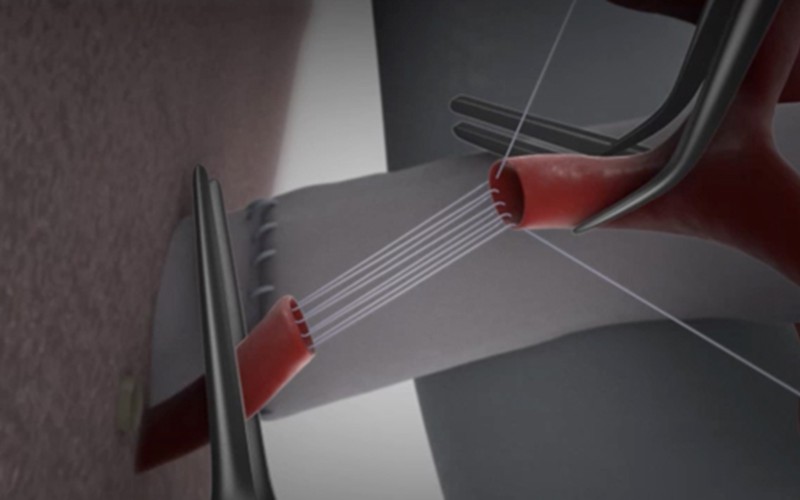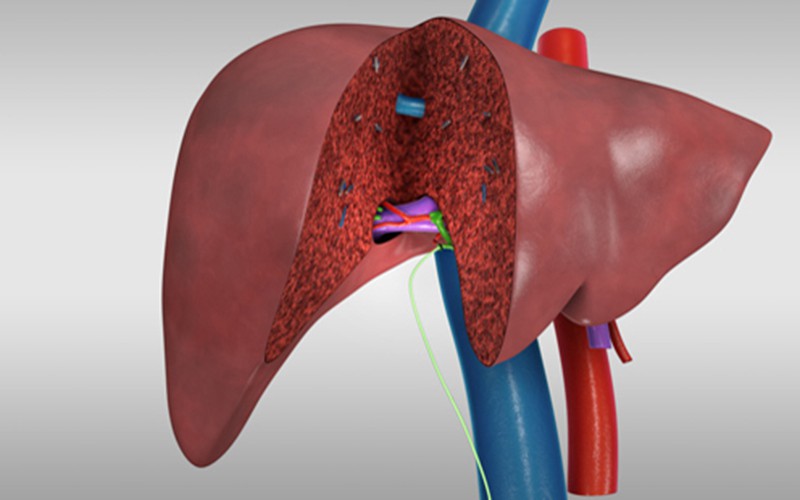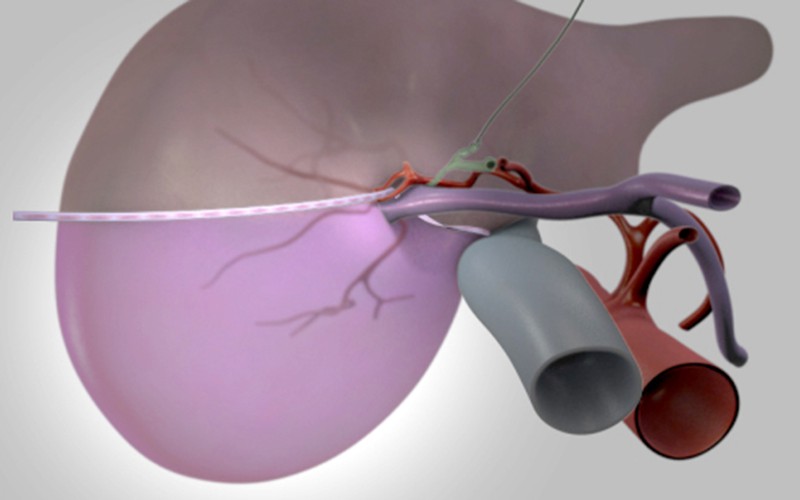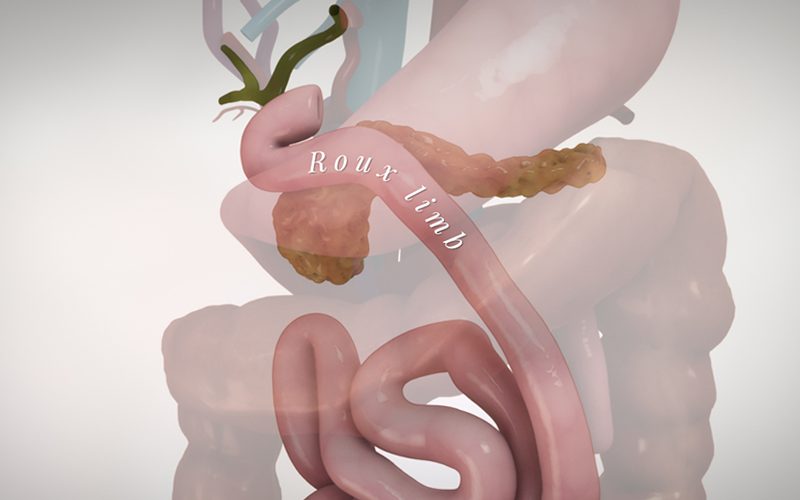Liver transplant: Living donor right lobe
Recipient procedure
00:07 SURGICAL PLANNING
02:12 Incision & liver mobilization
03:13 Portal triad dissection
08:14 Controlling venous inflow/outflow
12:56 Anastomosis of the donor right hepatic vein to the recipient vena cava
15:08 Portal vein anastomosis
Case description
- The patient is a 45 year old man. The living donor is the patient's 42 year old sister.
- The patient was diagnosed with a chronic Hepatitis C infection, which progressed into end-stage liver disease.
Surgical issues
- A right lobe graft was harvested from the living donor, leaving the Middle Hepatic Vein intact with the donor. Special attention is paid to allow extra length on the divided vessels and ducts, in particular the right hepatic artery and the right hepatic duct.
- During the porta dissection in the recipient procedure, vessels are taken at a distal location to allow maximum length - this greatly facilitates vessel reconstruction, and is an important difference between living and deceased donor operations.
- The recipient inferior vena cava is clamped above and below the liver, before dividing the portal veins and the hepatic veins. This allows for multiple options in orienting and positioning the hepatic vein graft. In this case, the donor hepatic vein was joined to a venotomy made on the recipient vena cava.
- The reconstruction of the portal vein requires accurate orientation of the donor and recipient vessels. A gentle degree of tension is put on both vessel ends, to preventing kinking of the anastomosis once occluding clamps are removed.
- During the reperfusion phase, the portal inflow is carefully controlled by applying digital pressure to the portal vein, avoiding sharp downward fluctuations in the core temperature probe reading.
- As with the portal vein anastomosis, gentle tension is applied on the donor and recipient hepatic artery ends, to avoid kinking in the reconstructed vessel.
- A parachute technique is utilized to bring the posterior walls of the arteries together. Intermittent counter-traction is applied to the sutures to evenly distribute tension.
- The donor bile duct is connected to a section of jejunum through a Roux-en-Y hepaticojejunostomy. The quality of the anastomosis reflects of the quality of the donor duct, which should be transected as close to the donor bifurcation as possible
CT scans (donor)
Click to turn annotations on/off
CT scans (recipient)
Click to turn annotations on/off




